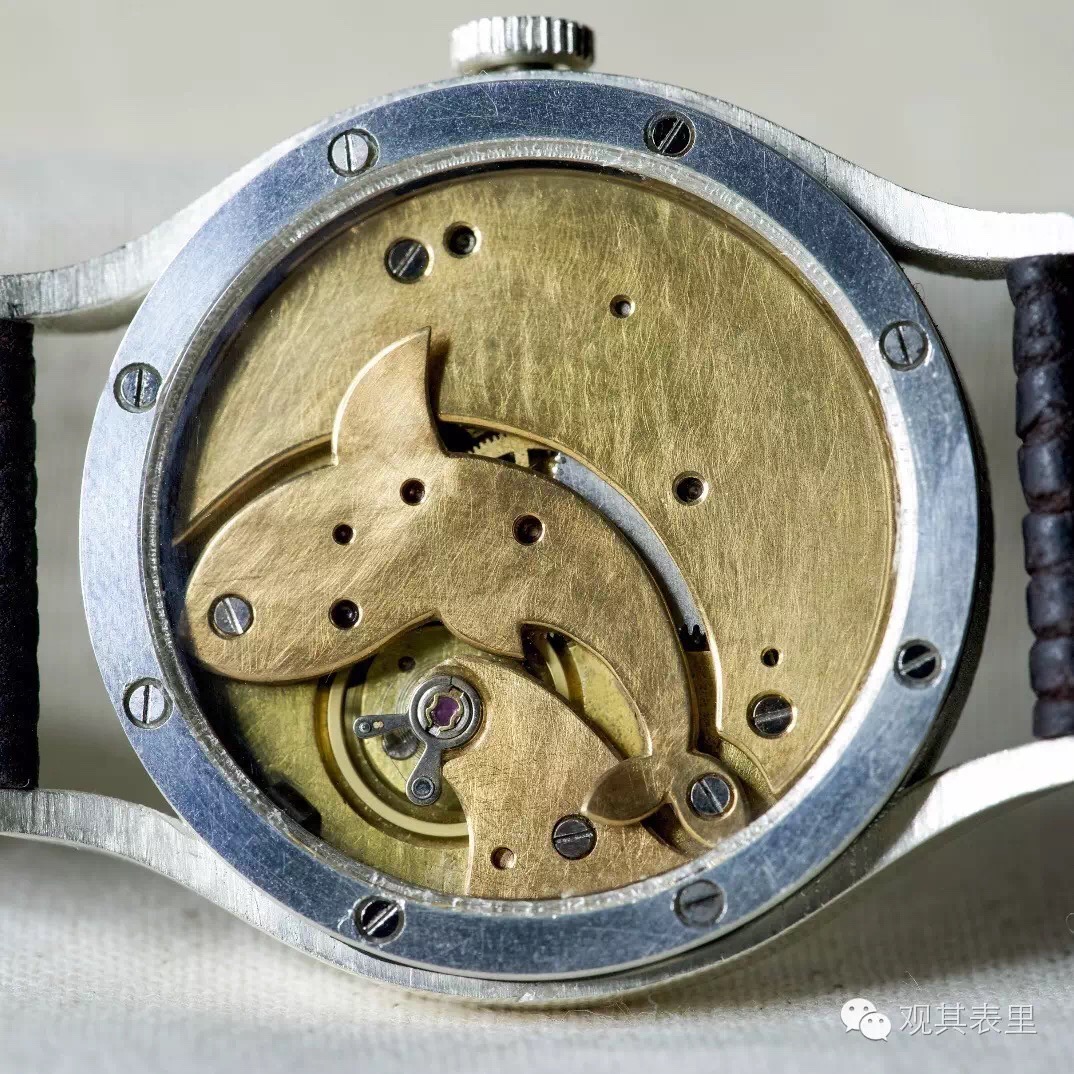Horological History: China's First Chronograph
/Editor's Note: I asked my friend, Li Wei, to say a few words about his favorite vintage Chinese mechanical watch for an upcoming feature here on EWR. His reply was so thorough and beyond my expectations, I decided to give it its own post here. (Note: this is a translated, and therefore slightly altered, version of his original Chinese article, which can be found here. It's entirely possible that a few details were lost in translation...)
Mistaken Identity
The so-called “1963” was produced by the Tianjin Seagull watch factory for pilots in the Chinese Air Force who required a watch with a timekeeping mechanism (chronograph) to be their official aviation watch. I’m not sure why foreign collectors mistakenly refer to my watch as “1963,” because Chinese collectors refer to it as “304” in reference to its project code name.
In April 1961, the Chinese Ministry of Light Industry assigned the Tianjin Watch Factory the task of trial-manufacturing watches for the Chinese Air Force. The project was a nationally classified task, and was given the project code 304. The second batch of more than 30 prototypes was completed by the end of 1963. The sample watches, as the one featured here, turned out to be very successful. So, while these prototypes were completed in 1963, it is still more appropriate to refer to them by their project code name, 304.
Project Codes
All Chinese military time-keeping equipment was assigned certain product serial numbers in order to maintain order, as well as confidentiality. At the time, there were a total of 6 categories, with 210 varieties of military time-keeping equipment being developed and produced for the national defense industry. Each product of time-keeping equipment that was trial manufactured in the year 1962 was coded, and each variety of products was given its own coding category. For example, the prefix code of products for the Navy and shipbuilding industry was One, so various types of nautical and astronomical mechanical clocks fell under the project code 101. Likewise, the prefix code of products for the Army and weapons industry was Two, with the product code 201 specifying mechanical clocks to be used in Chinese military tanks. The prefix code of products for the Air Force and aviation was Three. Mechanical clocks used in aviation were coded 301. And finally, 304 was the code given to watches created for Chinese Air Force personnel.
ST3 Movement
China had not attempted a chronograph watch before, so the standards for the manufacture of the ST3 movement were formulated by referencing the Watch Department Standards (Draft QB315-62) and Mechanical Stopwatch Department Standard (QB376-64). With these resources, the specific characteristics and requirements for the Chinese-made chronograph were formulated.
Being a military watch, the standards for design and production of the 304 were higher than those of civilian watches. In addition to time accuracy requirements, this watch was also required to function normally under ambient temperatures ranging from -25° ± 5°C to +40° ± 5°C, to maintain a frequency of 16-25 Hz at any position, including during acceleration of up 1.5G, and to work accurately after one hour of aviation vibration. The requirements also included that the watch should be anti-magnetic, and timekeeping accuracy should be within 30 seconds/day.
Between December 16th and 28th of 1965, three batches of trial products were brought in for testing on their ability to meet the required and targeted goals. This included testing for time accuracy, time measurement (chronograph), temperature, vibration, anti-magnetic, moisture-proof, calibration, shock impact, etc. The Ministry of Light approved the samples and agreed to move forward with production. Tianjin watch factory confirmed the production plan in May of 1966, and by the end of October had officially assembled 1400 finished pieces. These 1400 pieces were sent off to the Chinese Air Force, and the 304 officially became "the first Air Force watch of China".
Legacy
The 304 is unique and special in the history of Chinese military watches, and is also a favorite of watch collectors worldwide. Because the 304 production quantity was so small, and because it was a daily-wear watch, original pieces are not easily found today. The Seagull watch factory and watch enthusiasts have been duplicating this watch in a variety of versions in recent years, attempting to satisfy the desires of 304 enthusiasts.
In addition to the characteristics of the 304 introduced above, the movement of my particular watch was finished with additional grinding and mirror polishing, for use as a special sample product. Because of its handsome appearance and accurate time, this 304 is the treasure of my collection.
Li Wei
October 12, 2015 in Beijing
Li Wei is a Beijing-based veteran timepiece collector, scholar, and leader of the Domestic Horology Department of the China Horologe Association.
He is a friend, a teacher, and a major supporter of East Watch Review in Mainland China.














